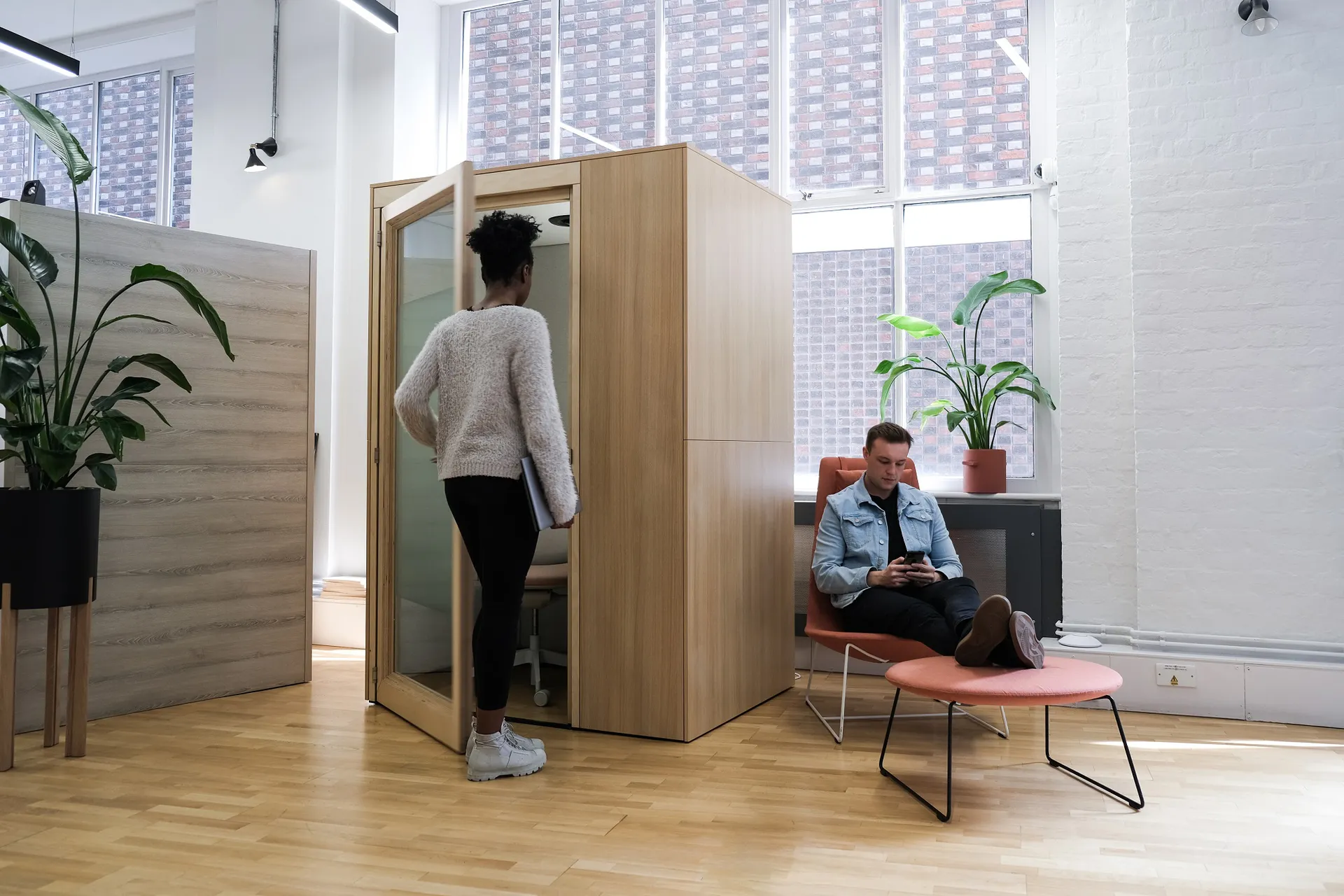
Creating The Classroom - Empowering Students Through Design
In the dynamic landscape of modern education, creating conducive learning environments that prioritize both student wellbeing and academic achievement has emerged as a paramount goal. In fact, a study by researchers at the University of Salford found that learning environments could impact pupils’ performance by 25%.
One innovation that stands at the forefront of effective classroom design is the integration of solo study pods. These pods, often equipped with soundproofing and ergonomic features, not only offer a secluded workspace but also foster an array of benefits that contribute to students' overall growth and success.
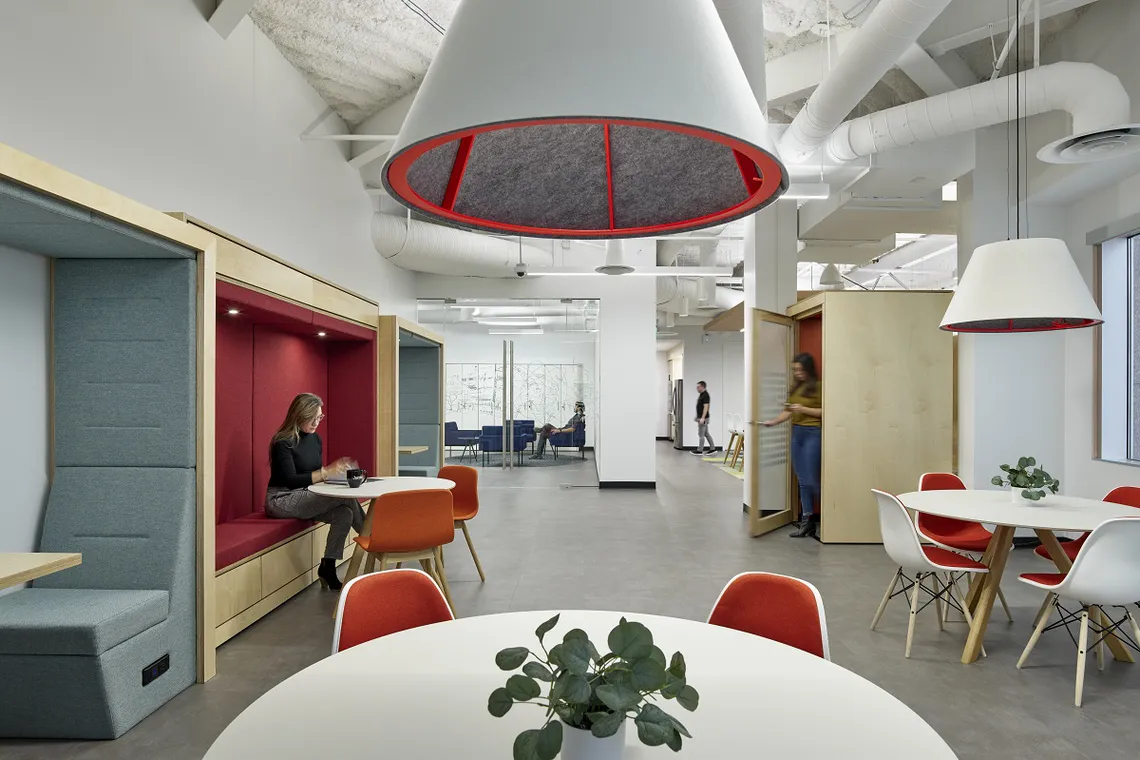
Enhancing Focus and Productivity
The classroom and school environment are always a bustling hub of activity, where myriad interactions and auditory stimuli can sometimes hinder students' ability to concentrate on their studies. Solo working pods provide an oasis of calm amidst the academic storm. These individualized spaces offer students the opportunity to escape the distractions of a larger group setting and immerse themselves fully in their tasks. Studies have found that disruptions in concentration can harm students’ ability to learn (Vander Ghinst et al. 2019).
The result is a significant enhancement in focus and productivity, as students can engage with their assignments and coursework without the interruption of external commotion.

Nurturing Student Wellbeing
A key factor in promoting student wellbeing is recognizing and addressing their diverse needs. Some students thrive in social settings, while others require solitude to thrive academically. Solo study pods cater to both ends of this spectrum by creating an option for students who flourish when working independently. For introverted students or those who find social interactions draining, these pods offer a sanctuary where they can process information, reflect, and learn at their own pace. Building Bulletin 99 (2006) specified that the flexibility is needed to allow for different activities within the classroom and/or the needs of different users. By acknowledging and accommodating various and flexible learning preferences, schools can contribute to a healthier and more inclusive educational environment.

Encouraging Self-Directed Learning
Solo working pods align seamlessly with the concept of self-directed learning—a valuable skill in the 21st century. These pods empower students to take charge of their education, enabling them to set goals, manage their time effectively, and engage in deep, reflective thinking. By providing flexible space options that encourage self-initiated exploration and problem-solving, schools instil a sense of ownership over one's education, fostering a lifelong love for learning.

Promoting Academic Excellence
At the heart of the matter lies the undeniable impact of solo study pods on academic success. McMillan D. found that intimate and personalised spaces are better for absorbing, memorizing and recalling information, so by fostering an environment that supports focus, reduces stress, and encourages self-directed learning, schools pave the way for students to excel academically.
When students are empowered to engage with their studies in a manner that resonates with their learning style, their performance naturally ascends. The ripple effect is felt not only in individual achievements but also in the collective academic accomplishments of the institution.

In conclusion, the integration of solo working pods within school classroom design goes beyond mere aesthetics—it is a strategic investment in student wellbeing and academic success. These pods transcend traditional educational paradigms, providing a haven where students can harness their potential, flourish, and contribute meaningfully to the world around them. By embracing this innovative approach, schools can truly shape an environment that nurtures the holistic growth of their students.

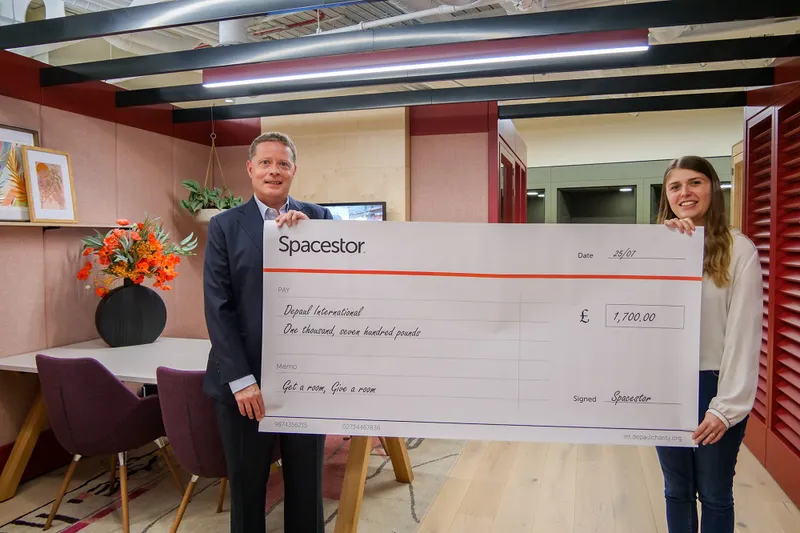

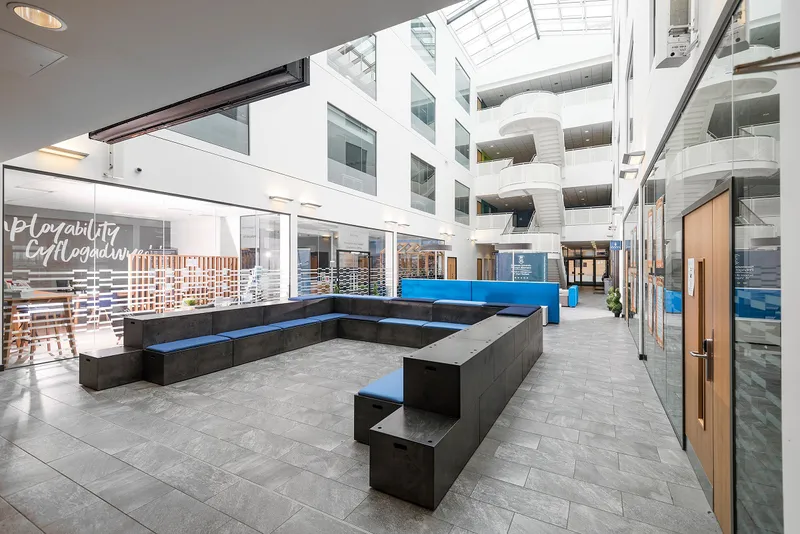
An all-inclusive selection of zones and surroundings creating spaces for focused reflection, productive networking and …
EDUCATION
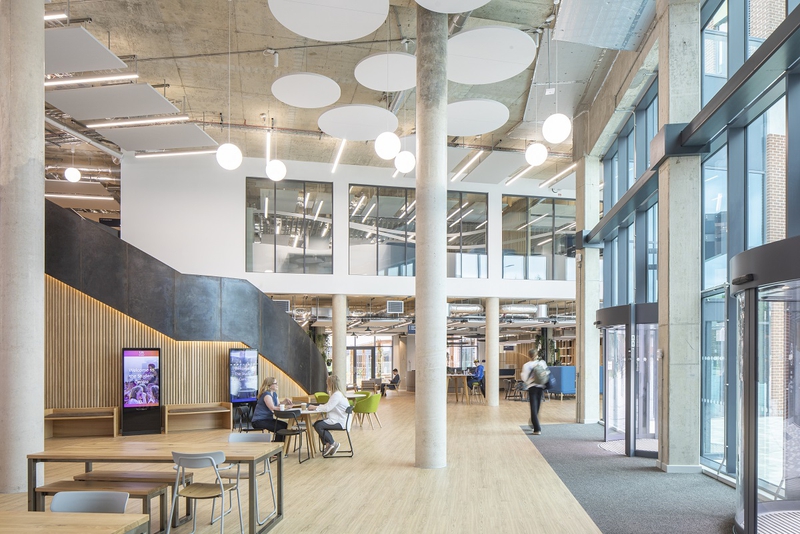
The new student centre for the University of Sussex reflects a whole new way of learning focussing on wellbeing, sustai…
EDUCATION

Flexible working and forward-thinking collaborative workspace at one of London's leading universities, University of Ea…
EDUCATION